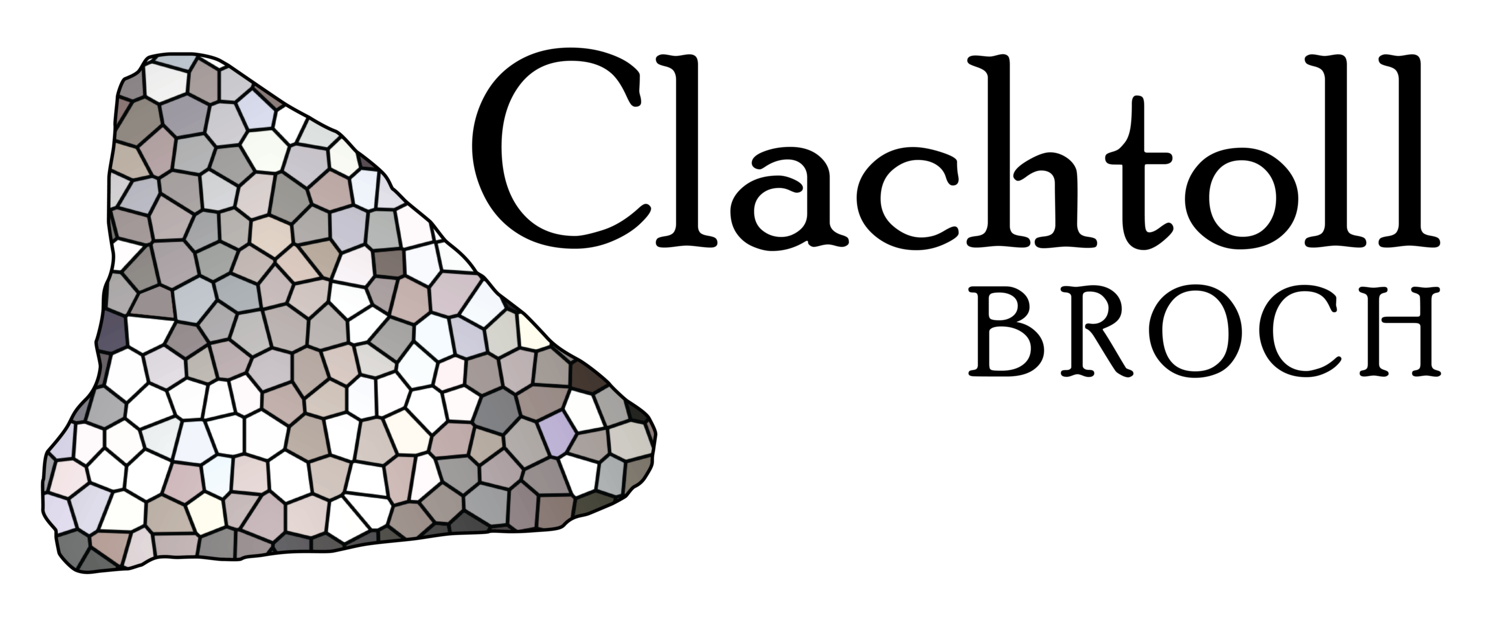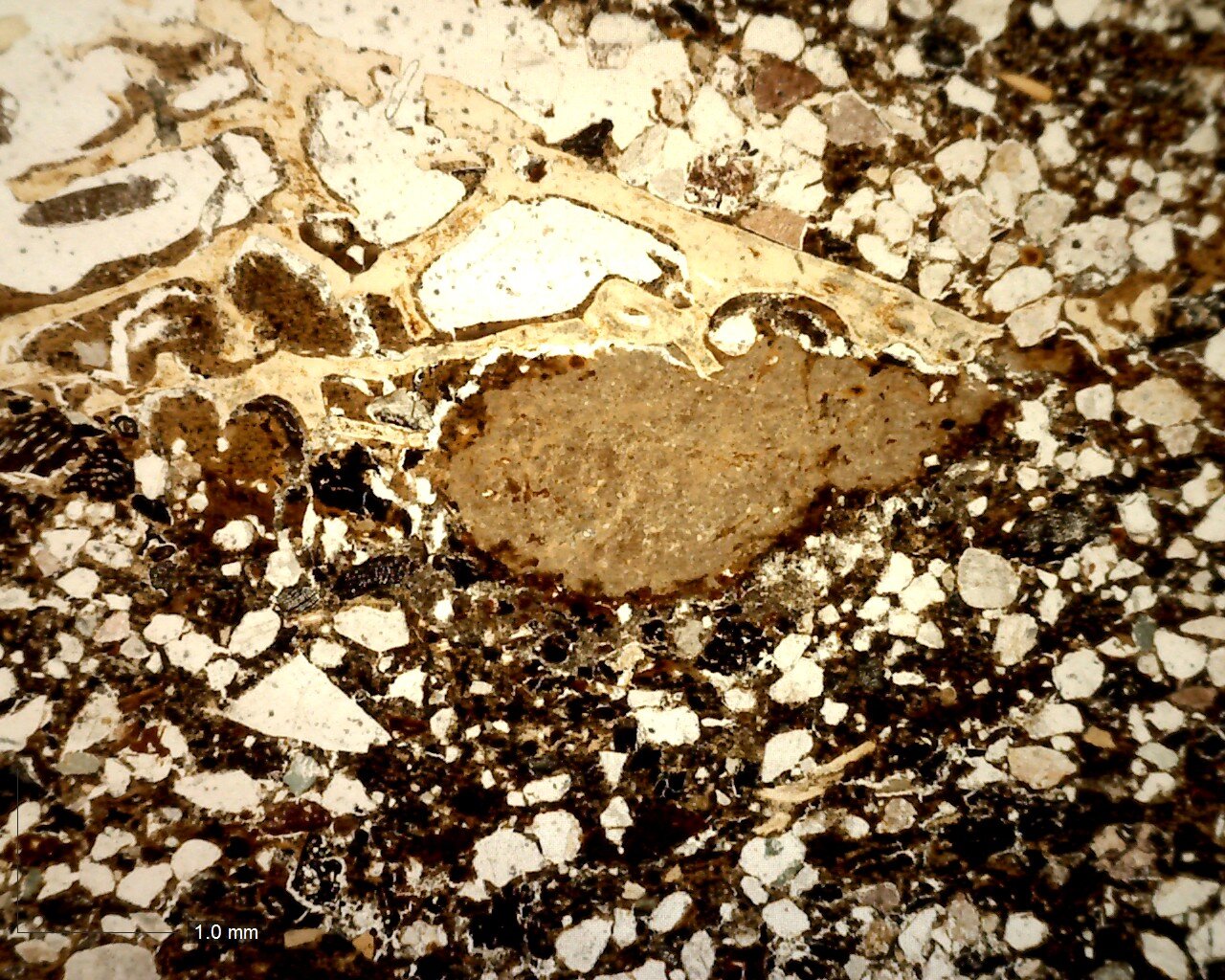
Soils hold secrets about the sequence of events at the broch
Clachtoll Broch’s story is unusual.
The broch was lived in for a short period and then abandoned, with lots of objects and deposits remaining undisturbed for 2000 years. The excellent preservation of the deposits provided the perfect conditions for close analysis of the floors of an Iron Age home. On many other comparable sites, these floor layers might have been cleared out and replaced during a later period of occupation, or severely affected by bioturbation (the natural disturbance within soils and sediments caused by plant or animal activity). At Clachtoll, the floor deposits accumulated within a roofed area and were trampled down by many feet walking back and forth. The effects of the catastrophic fire resulted in these deposits being sealed off beneath a layer of burnt material. These factors resulted in perfect conditions for preservation.
The layers are clearly visible in section
Changes in colour and texture make them easier to pick apart
Samples of the floor deposits were collected in kubiena tins as shown above, and processed at the University of Stirling. The samples were dried, impregnated with resin and then cut into very thin slices to produce slides. The slides were analysed in AOC’s lab using a petrographic microscope. This allows for the identification of rocks and minerals in the sediments, and evidence of burning, as well as examination of the composition and layering of the floor deposits themselves.
The flooring was found to be made up of plants – rushes, reeds and grasses – with sands, charcoal and small gravels possibly added to harden the floors. Ash also seems to have been deliberately added to the flooring, perhaps to absorb dampness and odours.
The patterning of the floor samples collected in the kubiena tins and sharp distinctions in the layering of the sediments indicated that the floor surfaces were periodically swept cleaned and renewed.
A thin section slide
Waste not, want not
The flooring deposits include very small fragments of rubbish of all kinds, but also animal waste. Coprolites – fossilised poos – give us clues about the animal inhabitants of the broch. Rodent coprolites (like that shown here) were present, suggesting that mice and perhaps rats were living inside the broch. A probable omnivore coprolite perhaps represents dog or pig poo and may indicate that these animals were present in the house, or that their waste was trampled into the floor on the soles of feet. Herbivore dung is also present in the floors and may have been used as fuel for the fire.
Fuelling the fires
The hearth was the heart of the broch in more ways than one. Located in the centre of the interior space, the fire represented a focus for cooking and socialising thanks to the heat it provided. It was also important to craft activities because of the light it gave out. Wood, peat and dung seem to have been the fuels of choice. Distinct micro laminations (layers) within the floors indicate frequent changes in the fuel used in the hearth and may reflect seasonal changes depending on availability. Wood may have been preferred when craft activities were taking place since burning wood produces more flames and thus more light than other fuels such as peat or dung.
Examining the roof through the floor
The form of broch roofs is much debated since none survive intact. However, the deposits from Clachtoll might contain clues about the broch roof many metres above. Microscopic analysis of these deposits indicates that, during the final catastrophic burning event that marked the end of the broch’s occupation, a deposit made from grassy turfs collapsed directly onto the burning floors below. This suggests that the roof may have been formed, at least in part, from turf brought onto the site from the surrounding landscape.





